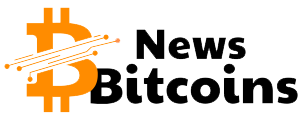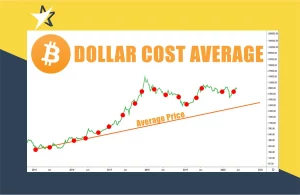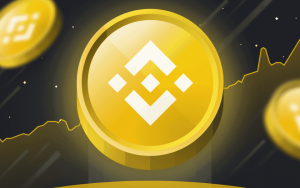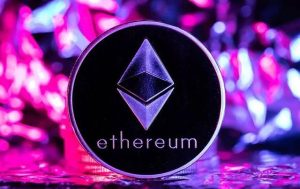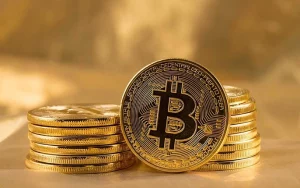Solana (SOL) is considered one of the cryptocurrencies with sustainable development prospects in the future. Therefore, in this article, Binance will provide the most detailed and useful information about SOL to help investors have a clearer view.
What is Solana (SOL)?
Solana is recognized as the world’s first web-scale scalable blockchain, with a high-performance open-source platform. It provides extremely useful decentralized finance (DeFi) solutions. With the Solana protocol, developing decentralized applications (DApps) will become much simpler and more convenient.
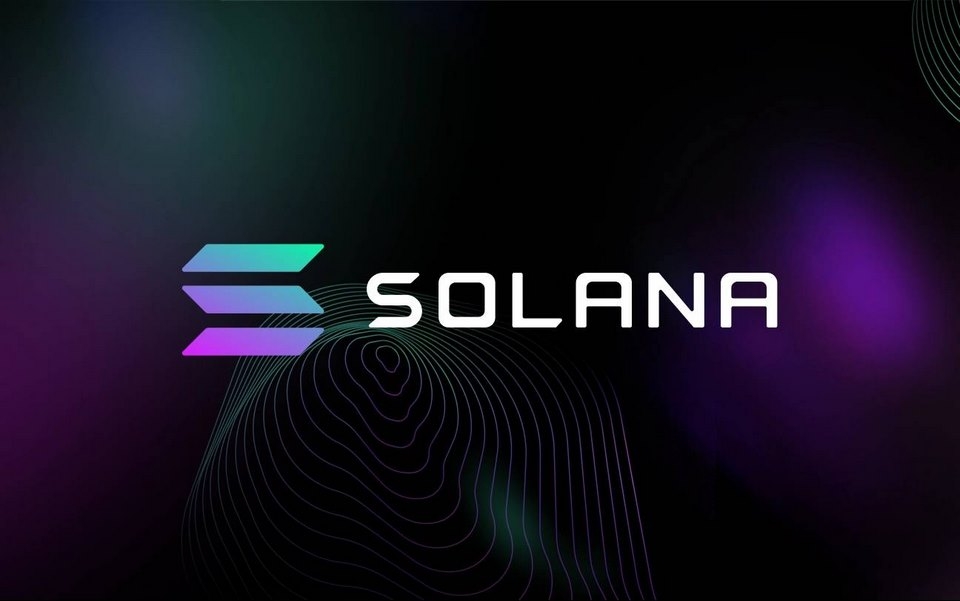
The advent of Solana has brought significant improvements to blockchain scalability without sacrificing security or decentralization in the network. Solana (SOL) applies the Proof of History mechanism combined with Proof of Stake instead of
How Solana Works
Solana implements a scaling solution using the PoS consensus algorithm, combined with PoH. You can think of Solana’s PoH as a universal clock across the entire Solana Blockchain, available and timed before consensus was created. PoH is used to verify the order and temporal flow between events, with the goal of encoded in the ledger the trustless passage of time.
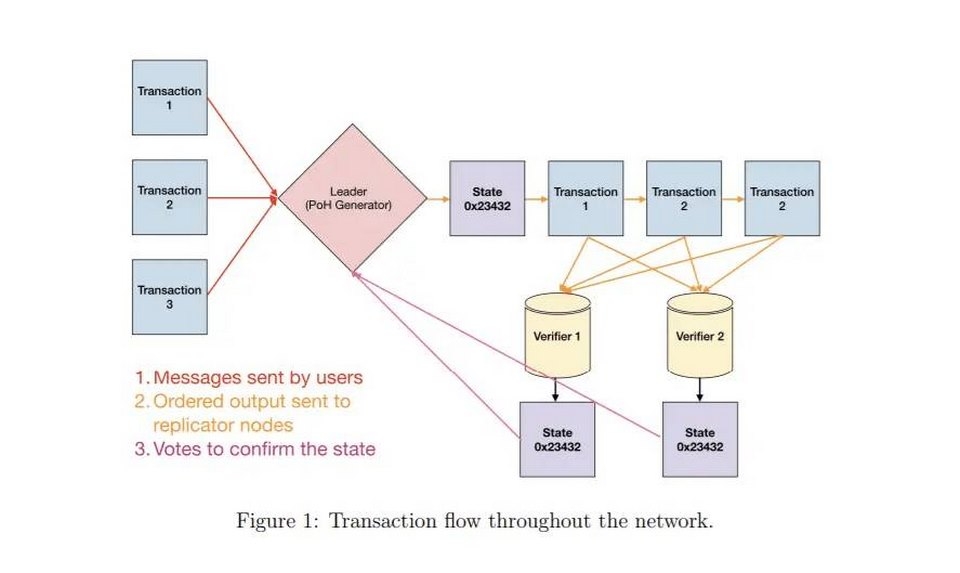
The evolution of the SOL network
The development of the Solana network began in 2017 when the Solana Labs consortium was founded by Anatoly Yakovenko. The Solana development team focused on creating a high-performance blockchain platform. The platform is scalable and can handle decentralized applications with high speed and liquidity requirements.
The Solana network has made significant progress in boosting performance through new technologies such as Proof of History (PoH) and the Tower BFT consensus mechanism. These technologies have helped Solana build a complete tool for creating decentralized applications, decentralized finance (DeFi) markets, and scalable decentralized gaming platforms.
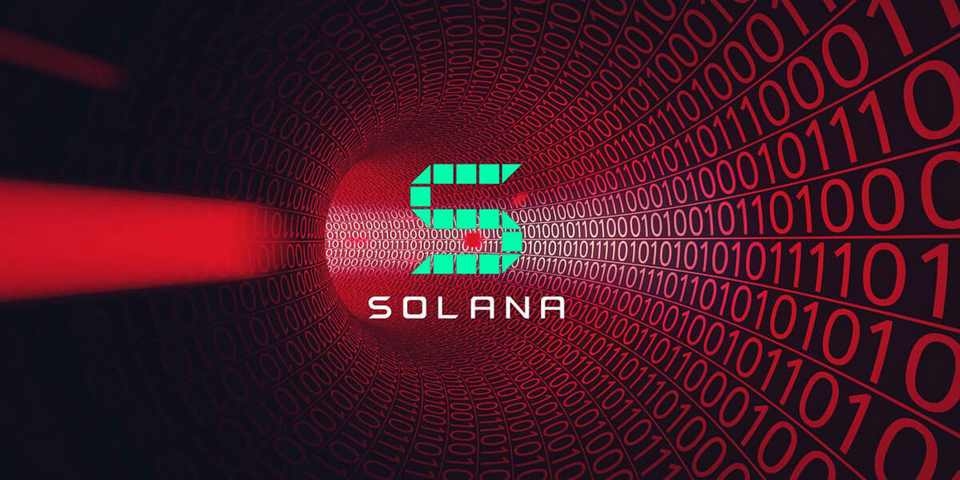
Solana has attracted a lot of attention from the community and investors through its rapid growth, decentralized application projects running on its platform. This has helped Solana become one of the prominent blockchains in the cryptocurrency and blockchain industry.
Should you invest in Solana Coin or not?
The decision to invest in SOL or any other asset is a personal one, and should be made after careful consideration of all relevant factors. Some of the factors to consider include:
- Have a deep understanding of the Solana project, its platform, and its growth potential. This includes learning about the technologies Solana uses, its user community, the applications running on the platform, and the project’s future development plans.
- Monitor the crypto and blockchain market in general, paying attention to global market influences and specific trends related to Solana.
- Understand the risks involved in investing in SOL, such as legality, price volatility, and risks associated with the technology it uses.
- Make sure that investing in SOL is appropriate for your personal financial situation and long-term investment plan. Investing in highly volatile assets such as cryptocurrencies always involves certain risks.
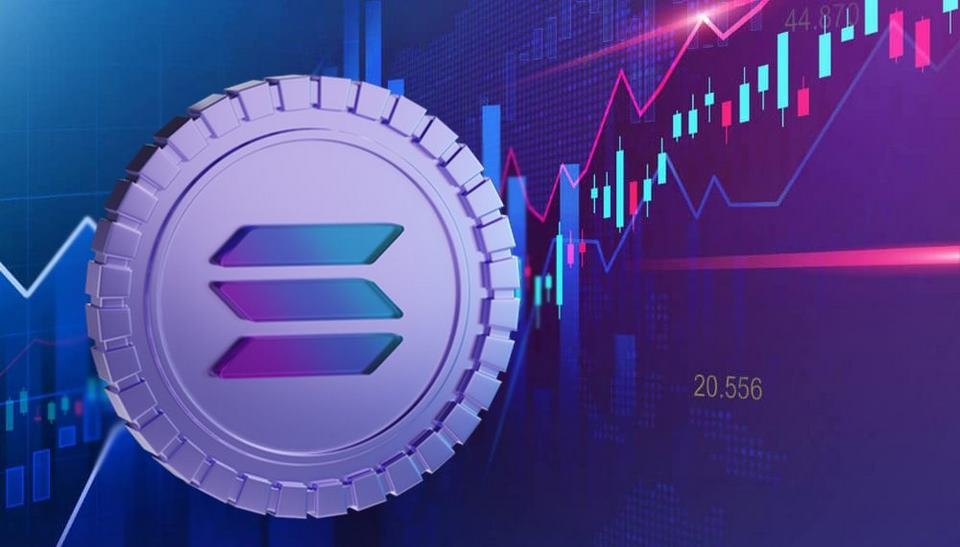
The growth potential of Sol coin
Solana is a blockchain platform with huge potential in the fiercely competitive cryptocurrency market. SOL is designed with the goal of achieving high transaction processing speed and scalability. The technology allows processing thousands of transactions per second without reducing network performance.
The Solana Coin network typically has lower transaction fees than many other blockchain platforms, which is an important factor in attracting interest from users and application projects. SOL supports the deployment and execution of high-performance smart contracts, opening up many use cases in the fields of DeFi, NFTs, and other decentralized applications.
Competitive advantages of SOL coin
SOL (Solana) coin offers many competitive advantages over other blockchains, with the following highlights:
- High transaction speed: Solana is capable of processing transactions at speeds of up to 65 thousand transactions per second and block generation times of only about 400 milliseconds, outperforming many other blockchains.
- Low transaction fees: With a per-transaction cost of just $0.00001 thanks to the use of the Proof of Stake algorithm, Solana offers much cheaper fees than Binance Smart Chain and Ethereum, making it attractive to users and applications.
- Multi-language support: Solana supports multiple programming languages such as RUST, C, C++, and Libra’s Move. The platform makes it easy for developers to build applications on this network.
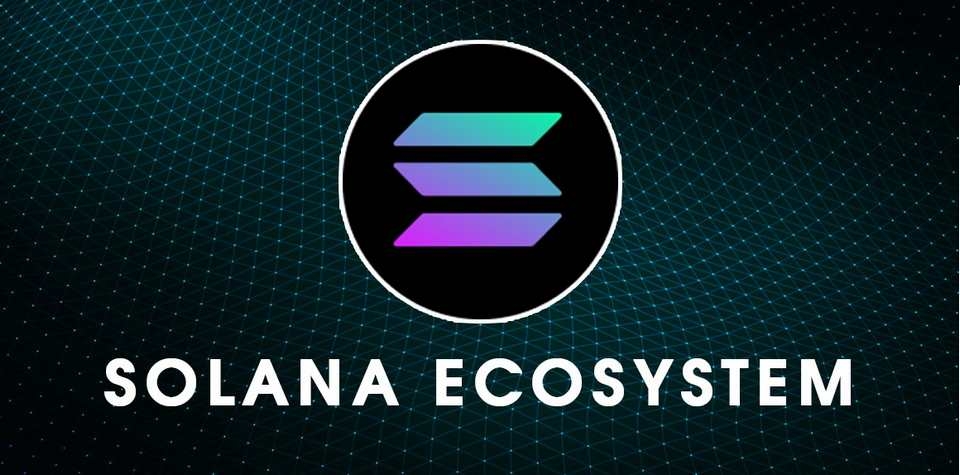
- Easy to scale: Thanks to the Proof of History and Proof of Stake algorithms, Solana is able to scale the blockchain quickly without experiencing network congestion like the first generation blockchain systems Bitcoin and Ethereum.
- Enterprise-grade security: Solana technology is secured at the enterprise level. This ensures the safety and security of users and applications on its network.
Conclude
Through this article, we hope that you have gained more valuable information about Solana (SOL). In addition, you have also better understood how SOL works as well as its practical applications in the current cryptocurrency market. With this information, investors should pay close attention to the great development potential of this coin, in order to create more suitable and effective investment opportunities in the future.
